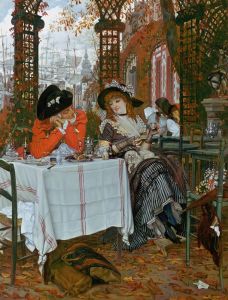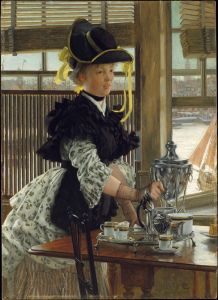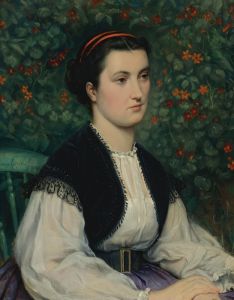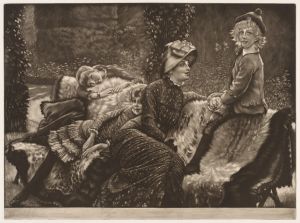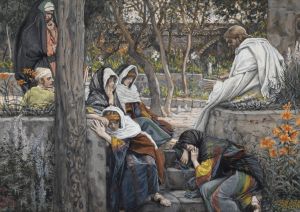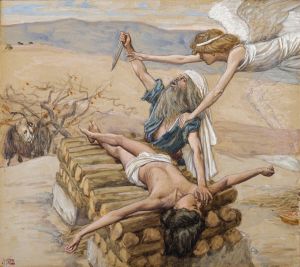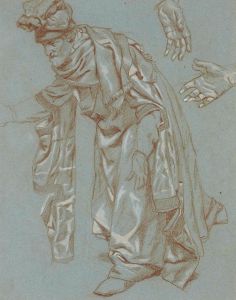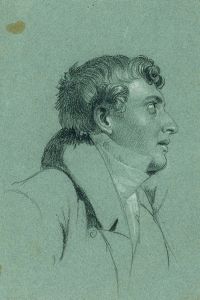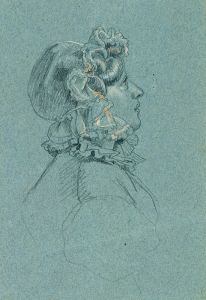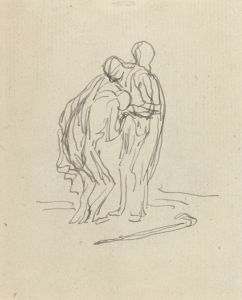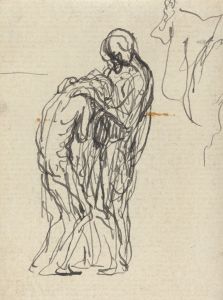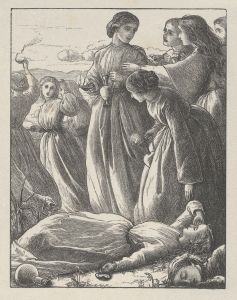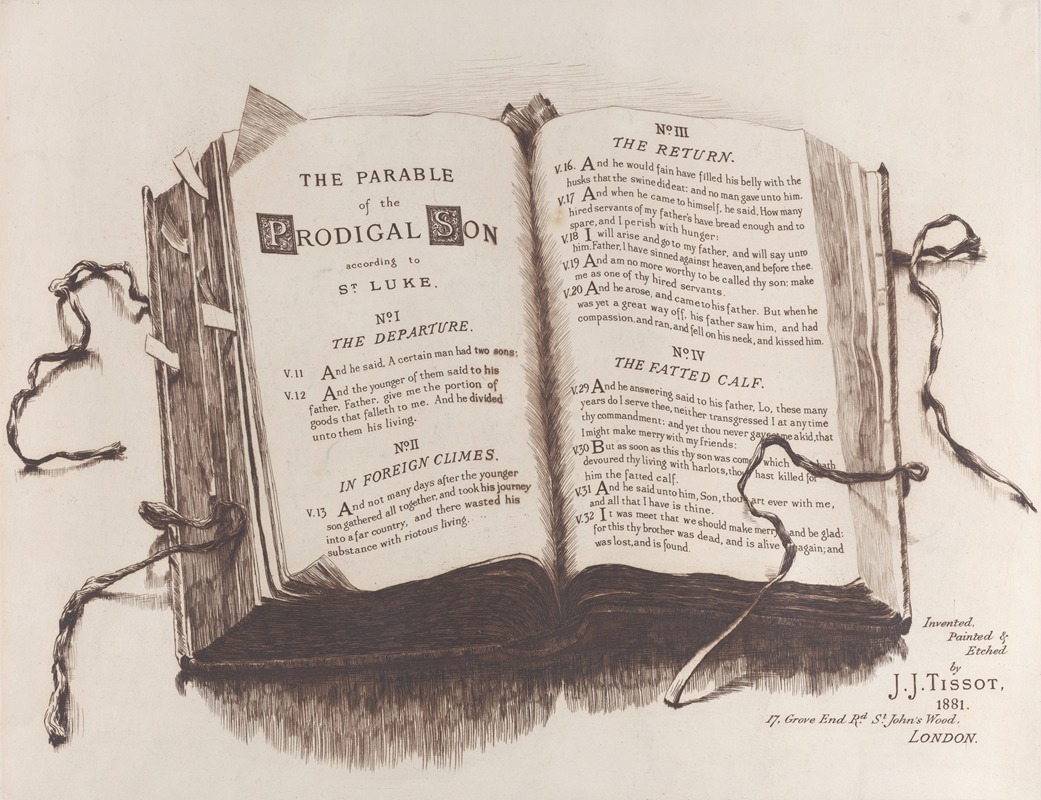
The Parable of the Prodigal Son; Frontispiece
A hand-painted replica of James Tissot’s masterpiece The Parable of the Prodigal Son; Frontispiece, meticulously crafted by professional artists to capture the true essence of the original. Each piece is created with museum-quality canvas and rare mineral pigments, carefully painted by experienced artists with delicate brushstrokes and rich, layered colors to perfectly recreate the texture of the original artwork. Unlike machine-printed reproductions, this hand-painted version brings the painting to life, infused with the artist’s emotions and skill in every stroke. Whether for personal collection or home decoration, it instantly elevates the artistic atmosphere of any space.
The Parable of the Prodigal Son; Frontispiece is a painting by the French artist James Tissot. James Tissot, born Jacques Joseph Tissot on October 15, 1836, in Nantes, France, was a renowned painter and illustrator known for his detailed and narrative style. He initially gained fame for his depictions of contemporary life in Paris and London, but later in his career, he focused on religious themes.
The Parable of the Prodigal Son; Frontispiece is part of Tissot's extensive series of biblical illustrations. This particular work is inspired by the well-known parable from the New Testament, specifically the Gospel of Luke, chapter 15, verses 11-32. The parable tells the story of a young man who asks his father for his inheritance and then squanders it in a distant land. After falling into poverty, he returns home, repentant, and is warmly welcomed by his father, symbolizing forgiveness and redemption.
Tissot's painting captures a moment from this narrative with meticulous attention to detail and a deep sense of emotion. The artwork is characterized by its realistic portrayal of the characters and the setting, which reflects Tissot's commitment to historical accuracy and his extensive research into the cultural and architectural context of the biblical era.
The composition of the painting is carefully structured to draw the viewer's eye to the central figures of the father and the prodigal son. The father's open arms and the son's humble posture convey the themes of forgiveness and reconciliation. Tissot's use of light and shadow enhances the dramatic effect of the scene, highlighting the emotional intensity of the moment.
James Tissot's religious works, including The Parable of the Prodigal Son; Frontispiece, were part of his larger project to illustrate the life of Christ. This project resulted in the publication of "The Life of Our Lord Jesus Christ," a series of 350 watercolors that Tissot completed between 1886 and 1894. These illustrations were highly regarded for their vivid detail and historical accuracy, and they were exhibited in Paris, London, and New York, receiving widespread acclaim.
Tissot's dedication to his religious illustrations was partly influenced by a profound spiritual experience he had in 1885, which led him to devote the latter part of his career to biblical subjects. His works are noted for their combination of artistic skill and deep religious conviction, making them significant contributions to the genre of religious art.
The Parable of the Prodigal Son; Frontispiece, like many of Tissot's biblical illustrations, is housed in various collections and has been reproduced in numerous publications. Tissot's ability to bring biblical stories to life through his art continues to be appreciated by audiences around the world.
James Tissot passed away on August 8, 1902, in Chenecey-Buillon, France. His legacy as an artist who bridged the gap between the secular and the sacred remains influential, and his works continue to be studied and admired for their artistic and historical significance.





